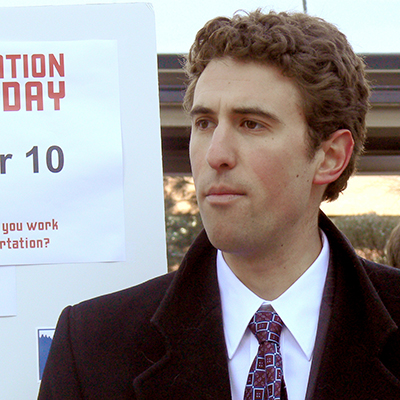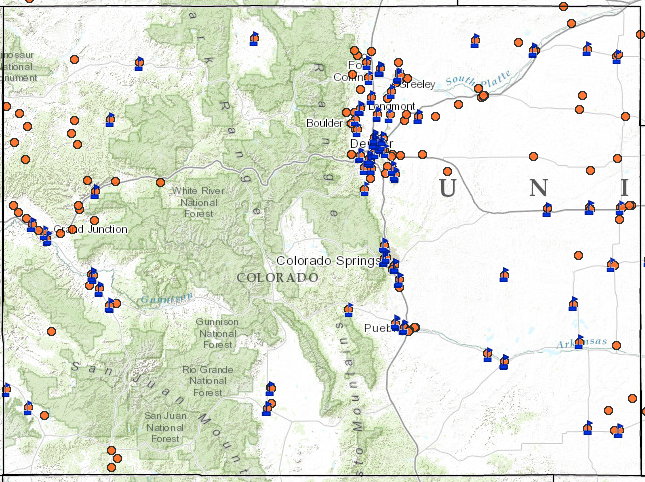
Two Years After West Disaster, Are Communities Any Safer?
Two years ago, a fertilizer plant explosion devastated West, Texas. In the two years since, there have been over 350 other preventable chemical accidents, yet the EPA has failed to take action to protect our communities from future preventable chemical disasters.

Two years ago today (April 17th, 2013), a fertilizer plant explosion devastated West, Texas. Fifteen people died, including 12 volunteer firefighters. The blast demolished an apartment building and nursing home, and damaged three nearby schools. In the two years since, there have been over 350 other preventable chemical accidents.
To this day, the EPA has failed to take action to protect our communities from future preventable chemical disasters.
President Obama acted immediately, issuing an executive order that called for better safety and security standards for chemical facilities. “The handling and storage of chemicals present serious risks that must be addressed,” he noted. Yet, federal agencies’ response has been lethargic, at best. The EPA won’t begin rulemaking until September 2015 and they’ve set no date for completion.
Groups have called for a strong national rule requiring chemical facilities to use the safest cost-effective technology available. “Preventing chemical accidents isn’t rocket science,” said Carli Jensen, Toxics Program Coordinator for U.S. PIRG. “Chemical facilities simply need to switch to less dangerous alternatives. Some already have.”
The voluntary safety standards set by the American Chemistry Council (ACC) and the Society of Chemical Manufacturers & Affiliates (SOCMA) aren’t enough to protect us, though. The ExxonMobil refinery explosion in Torrance, California this year and the deadly leak at DuPont’s LaPorte, Texas chemical plant in 2014 make that clear.
President Obama called switching to safer chemicals and procedures “common sense steps” to keep our communities safe. Why is the EPA still mulling that over?
“We need the EPA to work quickly to make a strong rule that protects our communities from dangerous chemical facilities,” said Carli. “Doing so will show that they’ve learned something from the West, Texas explosion and the 350 accidents since then.”
You can help. Please, sign our petition to the EPA asking them not to wait any longer to set the chemical safety rules we need to protect our community.
Authors
Danny Katz
Executive Director, CoPIRG
Danny has been the director of CoPIRG for over a decade. Danny co-authored a groundbreaking report on the state’s transit, walking and biking needs and is a co-author of the annual “State of Recycling” report. He also helped write a 2016 Denver initiative to create a public matching campaign finance program and led the early effort to eliminate predatory payday loans in Colorado. Danny serves on the Colorado Department of Transportation's (CDOT) Efficiency and Accountability Committee, CDOT's Transit and Rail Advisory Committee, RTD's Reimagine Advisory Committee, the Denver Moves Everyone Think Tank, and the I-70 Collaborative Effort. Danny lobbies federal, state and local elected officials on transportation electrification, multimodal transportation, zero waste, consumer protection and public health issues. He appears frequently in local media outlets and is active in a number of coalitions. He resides in Denver with his family, where he enjoys biking and skiing, the neighborhood food scene and raising chickens.
